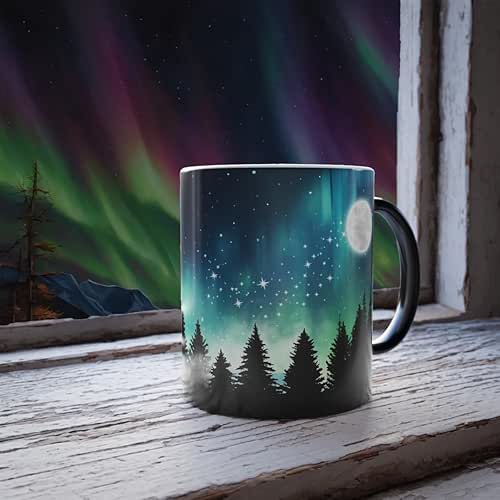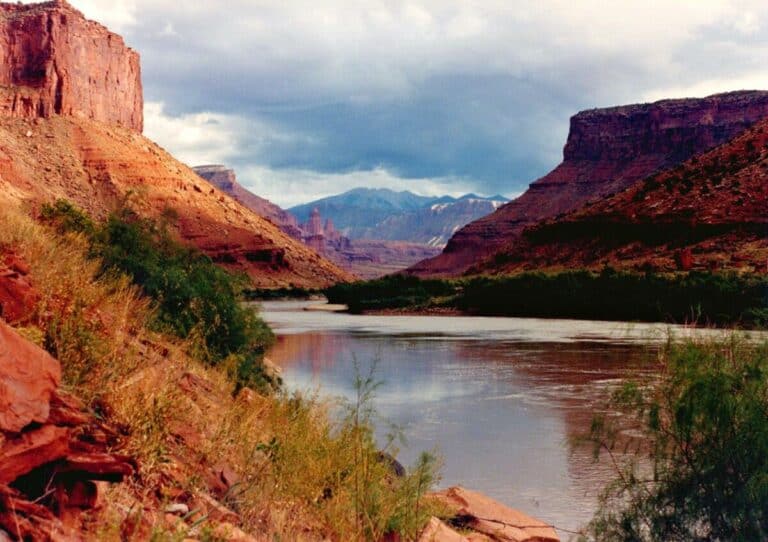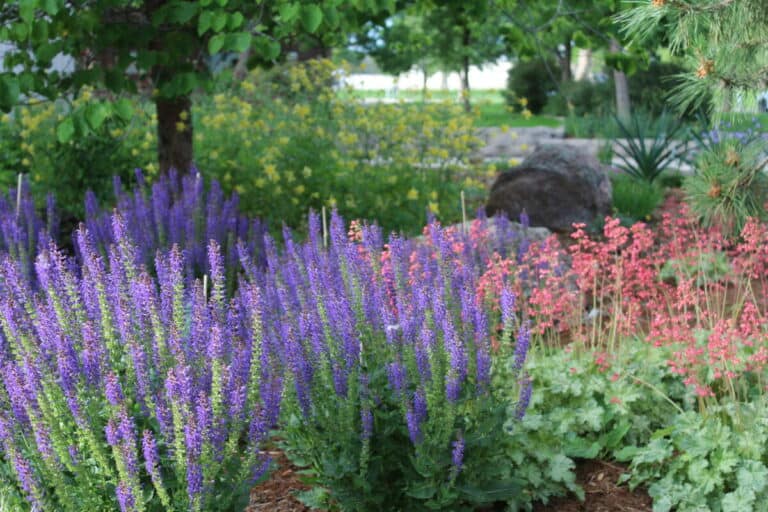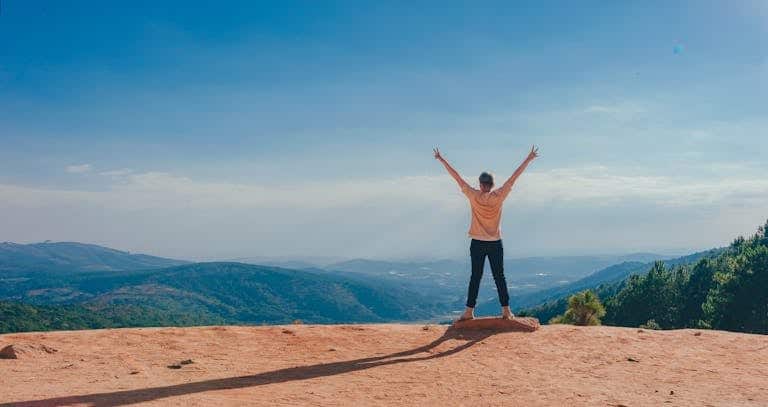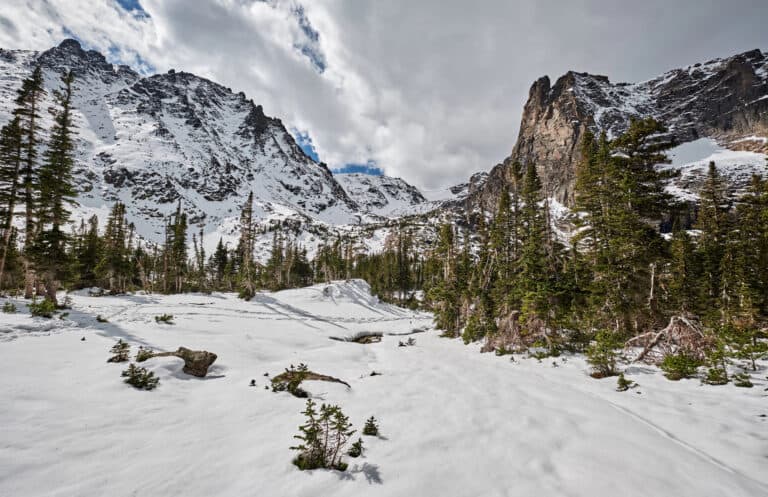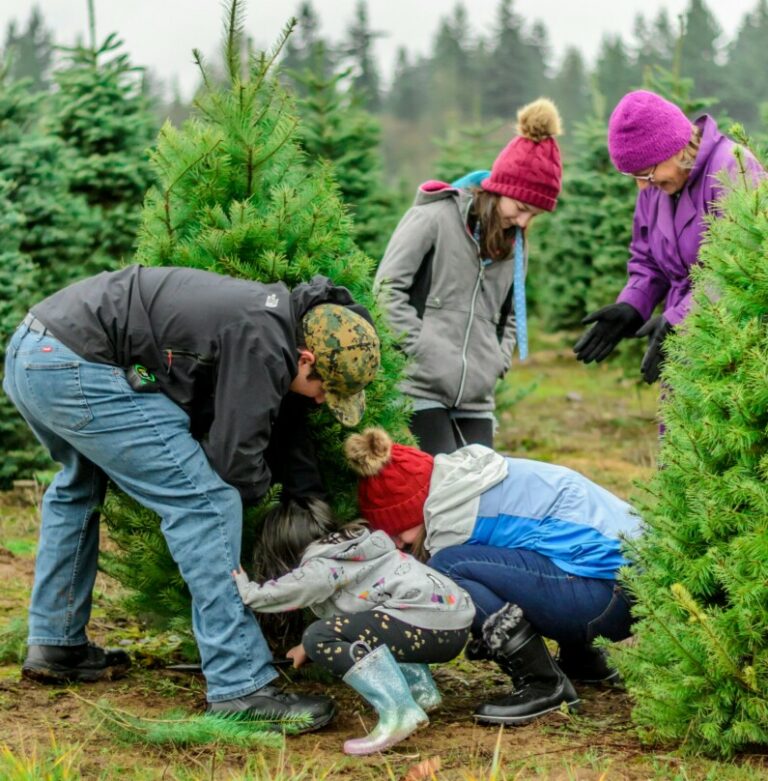Can You See The Northern Lights in Colorado? When & Where Aurora Borealis is Visible Near Longmont
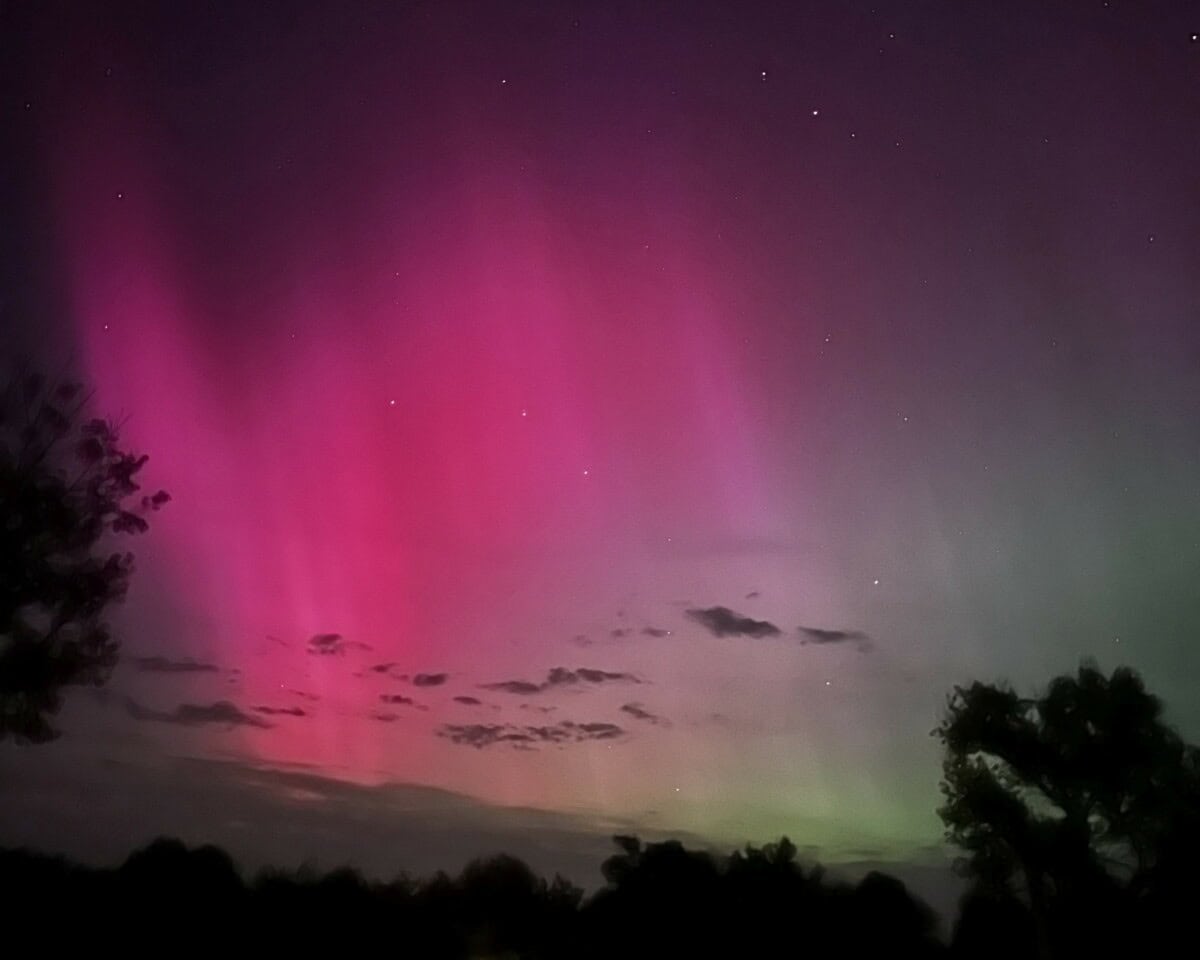
The northern lights are a rare but breathtaking sight – and yes, they’re sometimes visible in Colorado. If conditions are just right, strong solar storms can push the aurora far enough south to light up Colorado’s night skies. This photo (above) of the northern lights was captured over Pawnee National Grasslands in 2024. That means the question “can you see the northern lights in Colorado?” has a real, if occasional, answer.
If you’re based in or near Longmont, you’re well-positioned for a chance at viewing the rare occasions the aurora borealis visits Colorado.
What Causes the Northern Lights?
The northern lights in Colorado are a rare but awe-inspiring sight. They occur when intense space weather activity sends solar particles crashing into Earth’s upper atmosphere. This process releases energy in the form of shimmering light displays.
While Colorado isn’t a typical location for auroras, strong geomagnetic activity can occasionally make them visible in the state.
Solar Wind & Geomagnetic Storms
The sun constantly emits charged particles known as solar wind. When these particles reach Earth, they interact with the planet’s magnetic field.
During a geomagnetic storm, often triggered by a coronal mass ejection, this interaction intensifies. The magnetic field funnels particles toward the poles, where they collide with atmospheric gases and create visible light. If the storm is strong enough, it pushes the aurora farther south than usual, sometimes reaching Colorado.
How often can you see the northern lights in Colorado?
Colorado sits well south of the Arctic Circle, where auroras are most common. To see the northern lights in Colorado, you typically need a KP index of 5 or higher. These conditions occur very rarely, sometimes only every 5-10 years.
When the level of geomagnetic activity is high enough, elevation and low light pollution, like in remote mountain areas, can improve your chances of seeing the aurora. Clear skies and minimal cloud cover are also key.
When Can You See the Northern Lights in Colorado?
Best Time of Year
The best season to view the northern lights in Colorado is during the winter. Long nights and crisp, clear skies give you better visibility. Chances improve during strong solar activity cycles, which occur about every 11 years.
Best Time of Night
Plan your viewing between 10 PM and 2 AM. Midnight tends to be the sweet spot for the most intense displays.
Use the NOAA aurora borealis tracker to monitor geomagnetic activity. Apps like Aurora Forecast and the KP index scale can alert you when conditions are favorable.
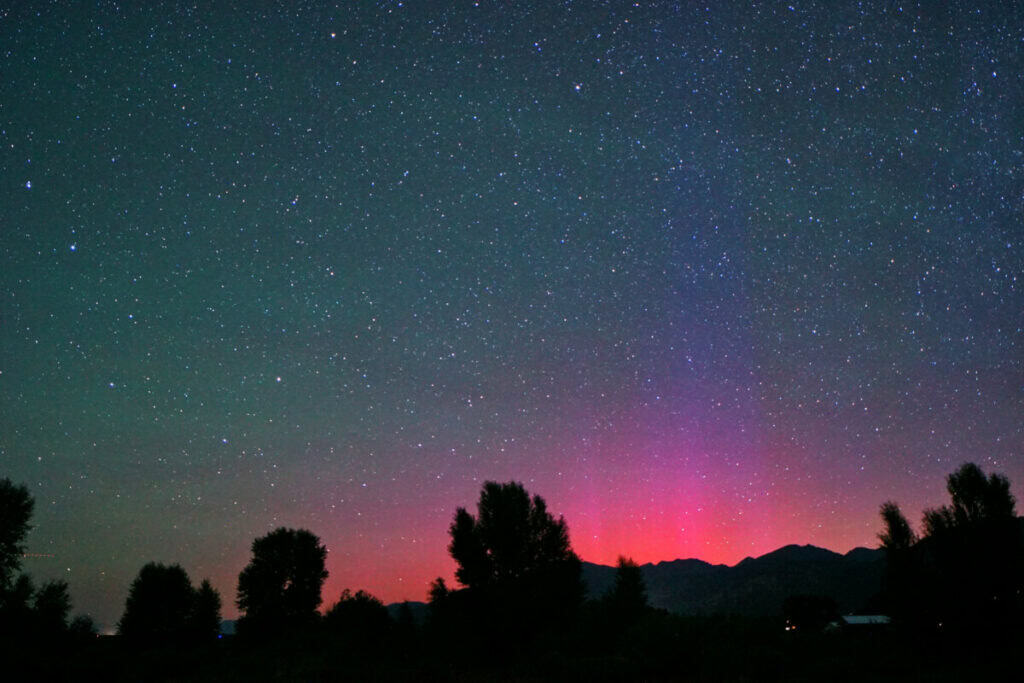
Where to See the Northern Lights in Colorado
Near Longmont
Some of the best local spots offer both elevation and minimal light pollution:
- Pawnee National Grassland: wide, open skies and very low ambient light
- Horsetooth Reservoir: scenic views combined with higher elevation make it a strong choice
Other Notable Locations
These areas are known for excellent visibility during active aurora nights:
- Rocky Mountain National Park: especially the Bear Lake area
- Flatirons near Boulder: dramatic backdrop when conditions align
- Great Sand Dunes National Park: unique terrain and dark skies
Dark Sky Communities
- Crestone: certified Dark Sky Community in the Sangre de Cristo Mountains
- Smokey Jack Observatory: high elevation and clear skies
Or, if you’re located near one of Colorado’s dark sky parks, you’re in an ideal spot to catch the aurora if it appears. Dark sky parks are designated areas with minimal artificial light, protected for their natural nighttime environment.
They offer some of the clearest, darkest skies available, which is exactly what you need to view the northern lights without interference from light pollution. These locations are often at higher elevations, adding to their appeal for stargazing and aurora spotting.
How to Track Aurora Visibility
NOAA Aurora Borealis Tracker
The NOAA aurora borealis tracker provides real-time forecasts based on geomagnetic activity. Check the auroral oval, which shows where auroras are currently visible, and the KP index, a 0 to 9 scale that measures geomagnetic strength. A KP of 5 or higher usually means the northern lights might be visible in Colorado.
Mobile Apps & Alerts
Apps like Aurora Forecast and My Aurora Forecast send notifications when aurora conditions improve. You can also follow local photography groups on social media for real-time sightings and location tips.
Tips for Viewing the Northern Lights
- Be prepared for cold conditions: Dress warmly in layers and bring a thermos, blanket, camera, and tripod. Staying comfortable helps you focus on the sky and stay out longer.
- Minimize light pollution: For the best view, head away from city lights and look toward the northern horizon, where auroras are most likely to appear.
How to Photograph the Aurora
Best Gear
Use a DSLR or mirrorless camera for full manual control and strong low-light capabilities.
Mirrorless cameras are compact, lightweight, and often perform better in dark environments, making them ideal for capturing the aurora.
Set your camera to a wide aperture to let in as much light as possible. Use a low ISO between 800 and 1600 to reduce grain and keep your images sharp and clean. A long exposure, typically between 5 and 20 seconds, allows your camera to collect more light, revealing colors and patterns that may not be fully visible to the naked eye.
Stability and Prep
Use a tripod to prevent motion blur during long exposures. Bring spare batteries, as cold weather drains them quickly, and practice your settings in advance for smoother shooting.
FAQs
Can you see the northern lights in Colorado?
Yes, but it’s rare. Strong solar storms and clear, dark skies are needed for visibility this far south.
What KP index is needed for viewing?
A KP index of 5 or higher increases your chances of seeing the aurora in Colorado.
What are the best apps or tools to use?
Use the NOAA aurora borealis tracker, Aurora Forecast, and My Aurora Forecast for real-time alerts and visibility data.
What time of night should I watch?
The best viewing window is between 10 PM and 2 AM, with midnight often being peak time.
Where are the best places to see the northern lights in Colorado?
Try Pawnee National Grassland, Rocky Mountain National Park, or Great Sand Dunes National Park for low light pollution and open skies.
Are the auroras visible without a camera?
Yes, especially during strong displays, though a camera may capture more color and detail.
Can I see the northern lights from Longmont?
Yes, but only if the conditions are right, including a high KP index, clear skies, and minimal light pollution.
How does NOAA track the aurora borealis?
NOAA monitors solar wind and geomagnetic storms using satellites, which help forecast aurora activity in real time.
Do you need special equipment to view the aurora?
No, the naked eye is often enough, though a tripod and camera enhance the experience if you want to capture it.




